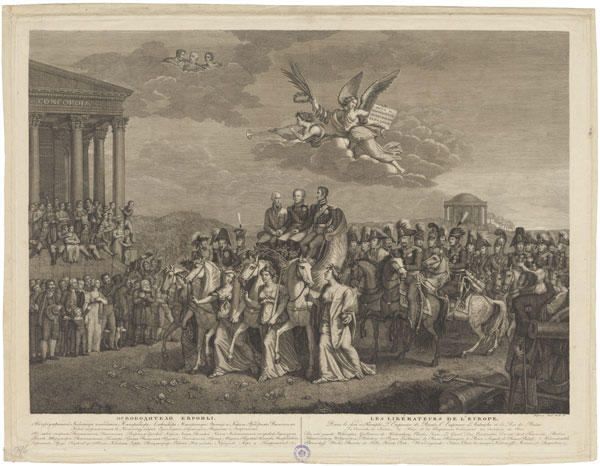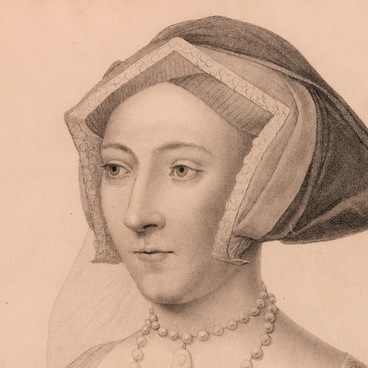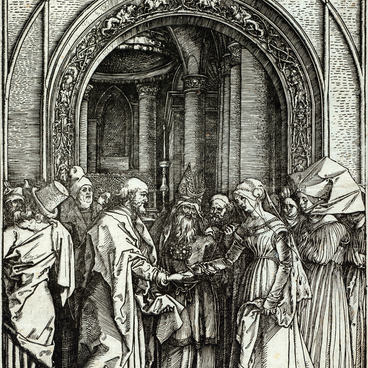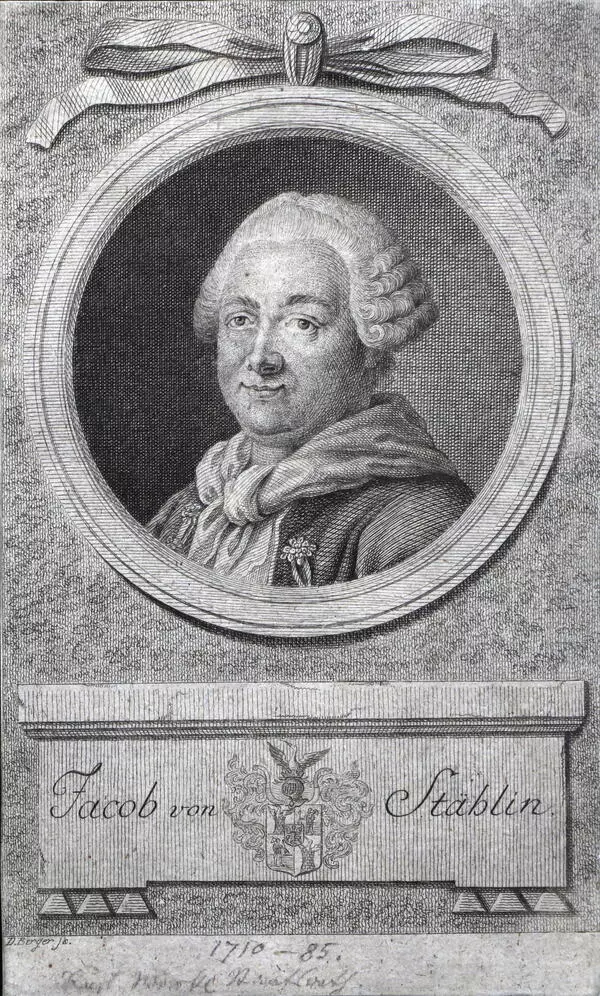Daniel Gottfried Berger created The Liberators of Europe based on the original painting by Friedrich Georg Weitsch in 1815. By this time, he had been a professor of copper engraving for 28 years, had an extensive network of influential contacts, and fulfilled orders for Sanssouci Picture Gallery and anatomy professor Johann Friedrich Meckel
The Liberators of Europe
Creation period
1815
Dimensions
56,4x70,7 cm
Technique
etching, chisel
Collection
2
Open in app#1

Daniel Gottfried Berger
The Liberators of Europe
#2
#4
Berger produced the Liberators of Europe using the etching and copperplate engraving techniques. The work is dedicated to the entry of the Russian, Austrian and Prussian allied forces to Paris in March 1814, when the era of the Napoleonic Wars was over. After a day of intense fighting on the outskirts of the city, loss of several villages and Montmartre, the French commanders threatened with Prussian guns sent a truce envoy to Emperor Alexander I. The city surrendered. The surrender of Paris was signed on Russian terms at two in the morning, the French army left the seized city at 7, while the conquerors’ squadrons commanded by Alexander I entered the capital of France at noon.
The engraving shows a victory chariot with allied monarchs, King of Prussia Frederick William III, Russian Emperor Alexander I and Austrian Emperor Francis I, entering the city. Four women wearing antique chlamydes, Moderation, Firmness with a column in hand, Justice with a sword and Faith with a cross, are holding the horses by the bridle. The chariot is decorated with a female figure symbolizing peace and holding a cornucopia in her hands with heads of wheat, vegetables and flowers in it. The monarchs are accompanied by commanders who proved successful in the battles against Napoleon. The conquerors are being watched by the people standing on the steps of the Temple of Unanimity and in front of it, while commanders Mikhail Kutuzov and Jean Victor Moreau are looking at them from the clouds.
The engraving shows a victory chariot with allied monarchs, King of Prussia Frederick William III, Russian Emperor Alexander I and Austrian Emperor Francis I, entering the city. Four women wearing antique chlamydes, Moderation, Firmness with a column in hand, Justice with a sword and Faith with a cross, are holding the horses by the bridle. The chariot is decorated with a female figure symbolizing peace and holding a cornucopia in her hands with heads of wheat, vegetables and flowers in it. The monarchs are accompanied by commanders who proved successful in the battles against Napoleon. The conquerors are being watched by the people standing on the steps of the Temple of Unanimity and in front of it, while commanders Mikhail Kutuzov and Jean Victor Moreau are looking at them from the clouds.
#5
An allegorical figure of Victory is on another cloud above the allies. The winged woman is holding an open scroll, a palm branch symbolizing military triumph and laurel wreaths for the victors in her hands. The Russian text on the scroll says: “Peace and conciliation for all peoples”. The laurel-crowned Glory beside her is depicted as a winged woman with a long fanfare.
#8
Another allegory engraving based on The Liberators of Europe painting was also created by the Italian master Salvatore Cardelli. In his interpretation, one of the horses is led by Unanimity with a smoker instead of Faith with a cross in her hand, while Kutuzov and Moreau on the cloud are accompanied by general Pyotr Bagration. The chariot is decorated with crossed laurel branches instead of the symbol of peace with a cornucopia. The engraving is part of the collection of the Pushkin State Museum of Fine Arts in Moscow.
The Liberators of Europe, Salvatore Cardelli. img via: Pushkin State Museum of Fine Arts in Moscow.
#9
Irbit State Museum of Fine Arts
read morehide
00:00
00:00
1x
The Liberators of Europe
Creation period
1815
Dimensions
56,4x70,7 cm
Technique
etching, chisel
Collection
2
Open in app
Share




